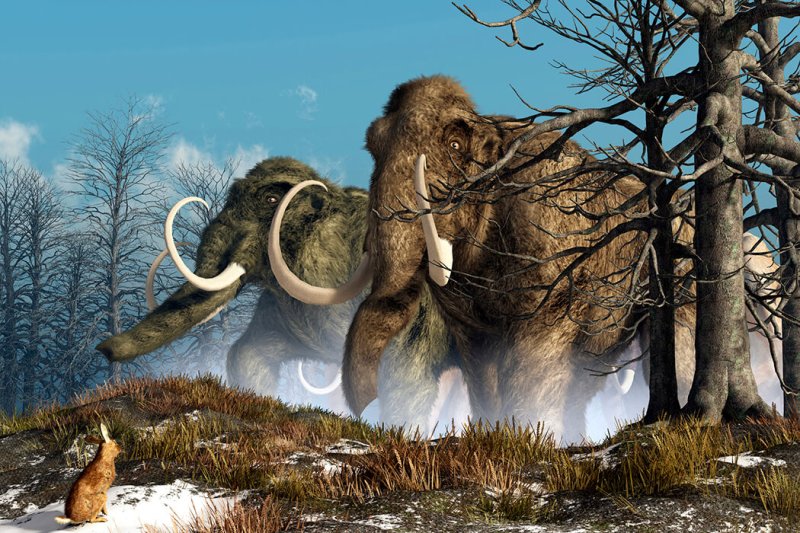Prehistoric giants used to populate the Earth. These behemoths included mighty dinosaurs, airplane-size pterosaurs, massive crocodiles and snakes, and even armadillos the size of cars. But today, there are just a few big animals on our planet.
What happened? Why aren’t there many giants left anymore?
Several major differences between dinosaurs and today’s largest animals, the mammals, may help explain the loss of behemoths… In dinosaurs, air sacs likely extended from their lungs to their bones, creating sturdy but light scaffolding, Edinburgh University paleontologist Steve Brusatte told Scientific American.
That gave dinosaurs skeletons that were “still strong and still flexible, but lightweight. That helped them get bigger and bigger and bigger,” Brusatte said. “The same way that skyscrapers are getting bigger and bigger and bigger because of the internal support structures.”
…
Brewers of gigantism shouldn’t forget the crucial ingredient of time, either. Though animal lineages tend to get larger over the generations, it takes a vast amount of evolutionary time to reach giant sizes, [paleobiologist Greg] Erickson said. And mass extinction events tend to wipe out larger creatures, [geobiology professor Geerat] Vermeij said, so these events can leave giant-animal slots unfilled for tens or hundreds of millions of years. “It took about 25 million years for the first mammals to reach a ton in weight,” he said.































